Urban areas, traditionally viewed as the domain of humans, have increasingly become habitats for a variety of wildlife species. Among these creatures are wild cats, which one might not typically associate with cityscapes. While cities present an array of challenges, some wild cat species have showcased remarkable adaptability, blending into urban environments with surprising ease. This article explores seven such feline species that have managed to carve out a niche within our concrete jungles.
The Resilient Character of Wild Cats
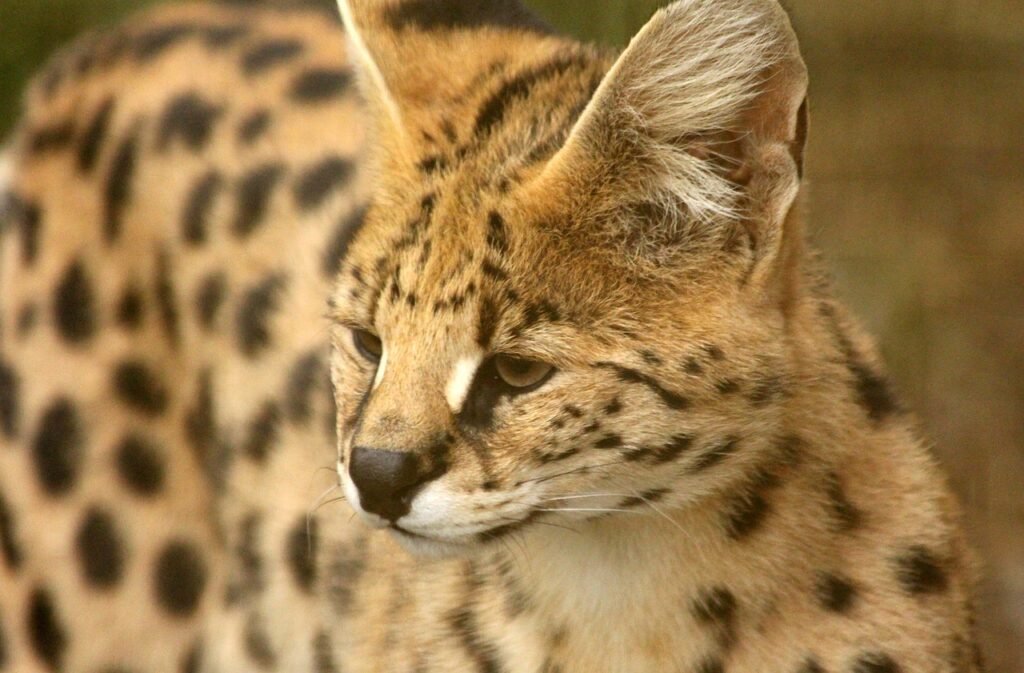
Wild cats are known for their stealth, agility, and keen senses, qualities that make them effective predators. These attributes also enhance their ability to adapt to urban settings. Whether it’s navigating through traffic or finding food amidst skyscrapers, these cats demonstrate resilience in the face of humanity’s ever-expanding footprint.
Species Spotlight: The Urban Bobcat
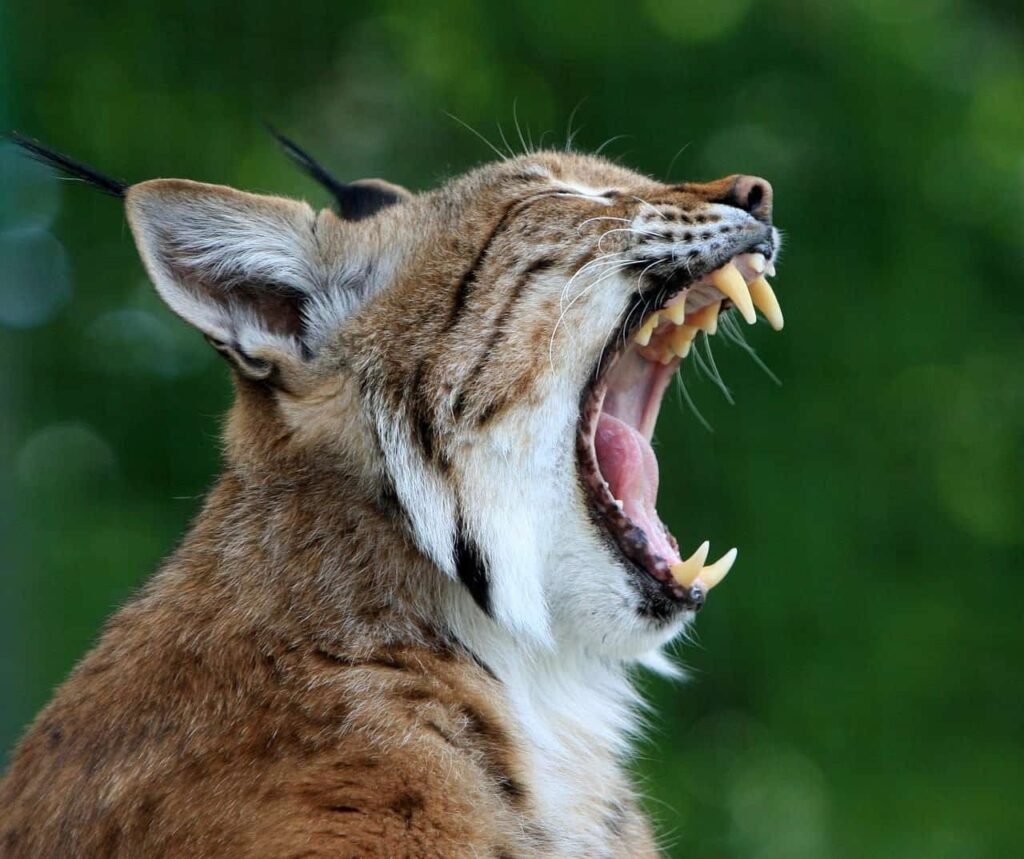
The bobcat (Lynx rufus) is one of the most widely distributed wild cats in North America. Known for their tufted ears and spotted fur, bobcats are remarkably adaptable. In urban areas, they have been spotted in parks, greenbelts, and even residential backyards. Their opportunistic hunting strategy allows them to feed on everything from small rodents to birds, which are abundant in cities.
The Elusive Leopard in City Streets
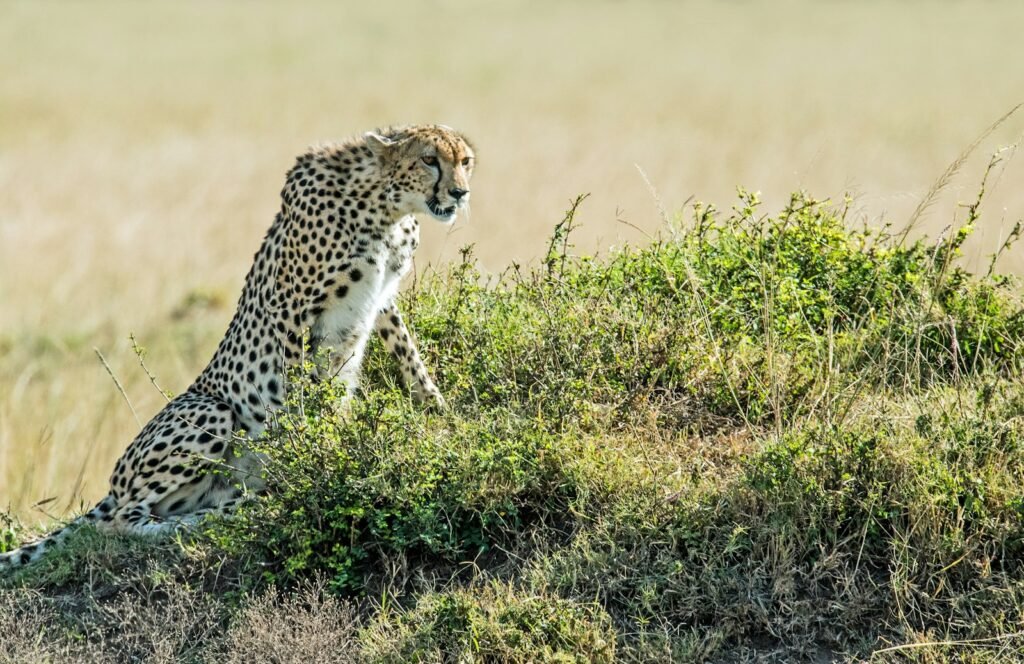
In parts of India and Africa, the leopard (Panthera pardus) has shown an uncanny ability to thrive in urban environments. Leopards have been known to wander into city edges and even urban centers in search of food. Their solitary and nocturnal nature, coupled with excellent camouflage, helps them evade human attention while hunting stray dogs, pigs, and livestock on the urban fringe.
The Stealthy Serval’s City Dwelling
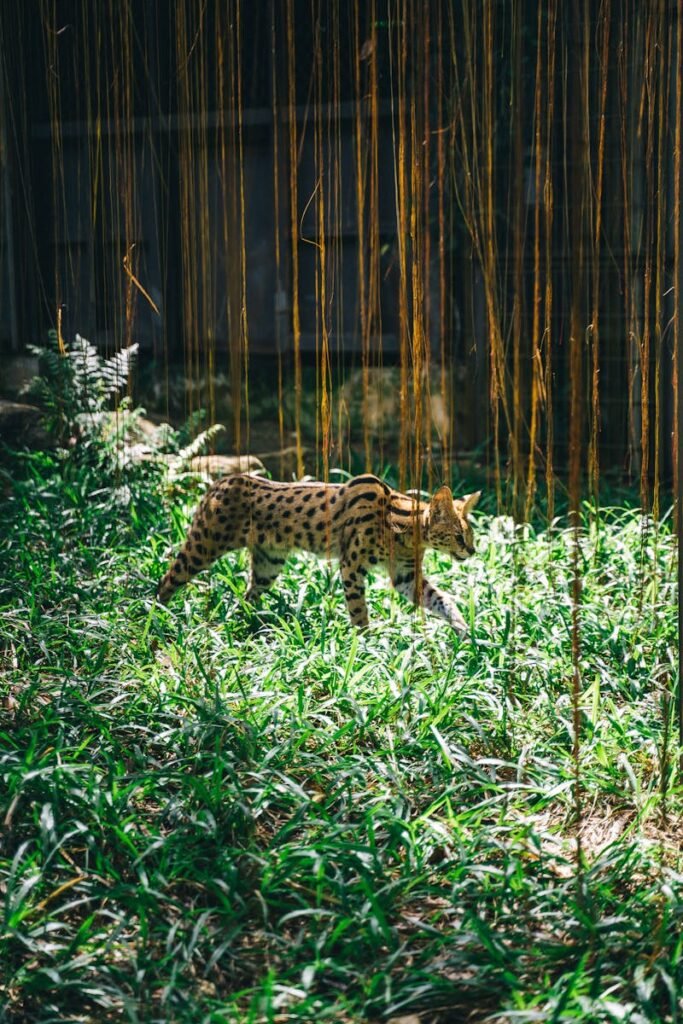
Characterized by its long legs and spotted coat, the serval (Leptailurus serval) is native to Africa and has started to appear in urban areas. These cats are skilled at hunting birds and small mammals, making cities with adjacent wetlands or open spaces suitable habitats. Despite their growing presence, servals maintain a low profile, often avoiding direct contact with humans.
Jungle Cat: An Unassuming Urban Neighbor
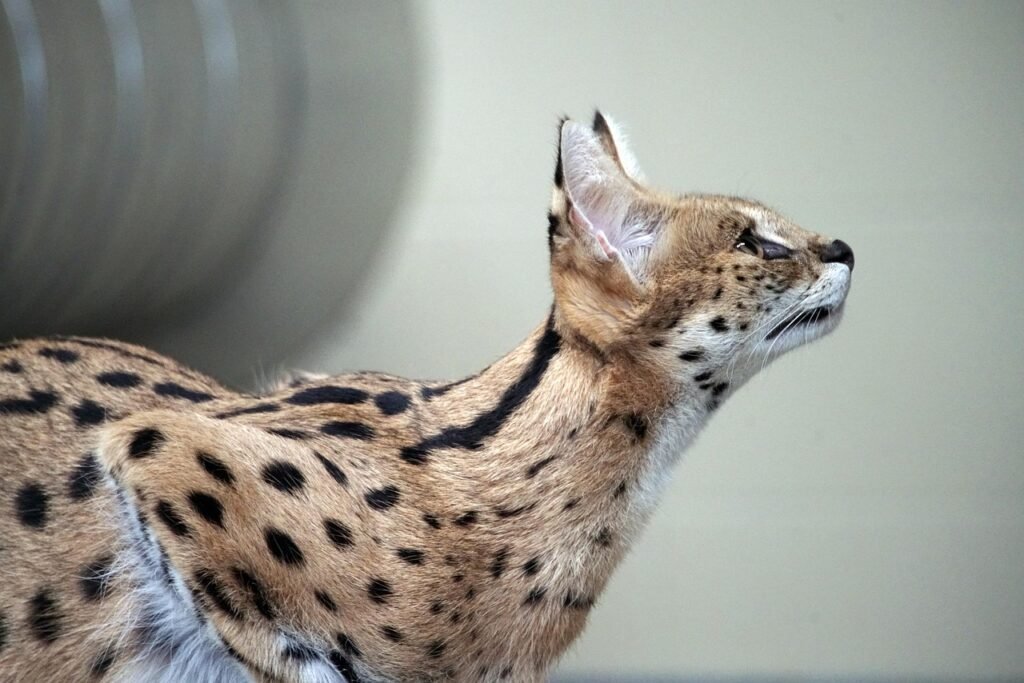
The jungle cat (Felis chaus), prevalent in South Asia, is finding urban environments increasingly hospitable. These cats adapt well to human-altered landscapes, including agricultural fields and urban parks, where they hunt rodents and birds. Their adaptability is further aided by a high reproductive rate, allowing populations to thrive despite urban challenges.
Pampas Cat’s Urban Forays
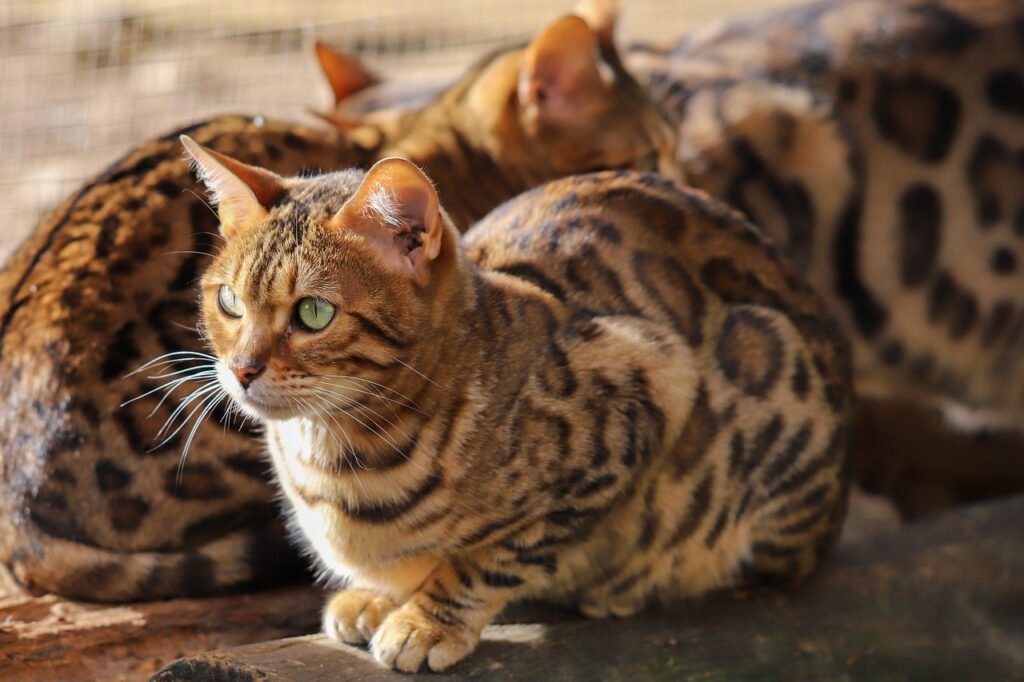
Found primarily in the grasslands of South America, the pampas cat (Leopardus colocola) has also ventured into urban areas. Cities provide these cats with ample food resources, such as birds and rodents. Though typically elusive and infrequent in city sightings, they contribute to urban biodiversity and ecosystem balance through their predation.
The Caracal’s Urban Adaptation
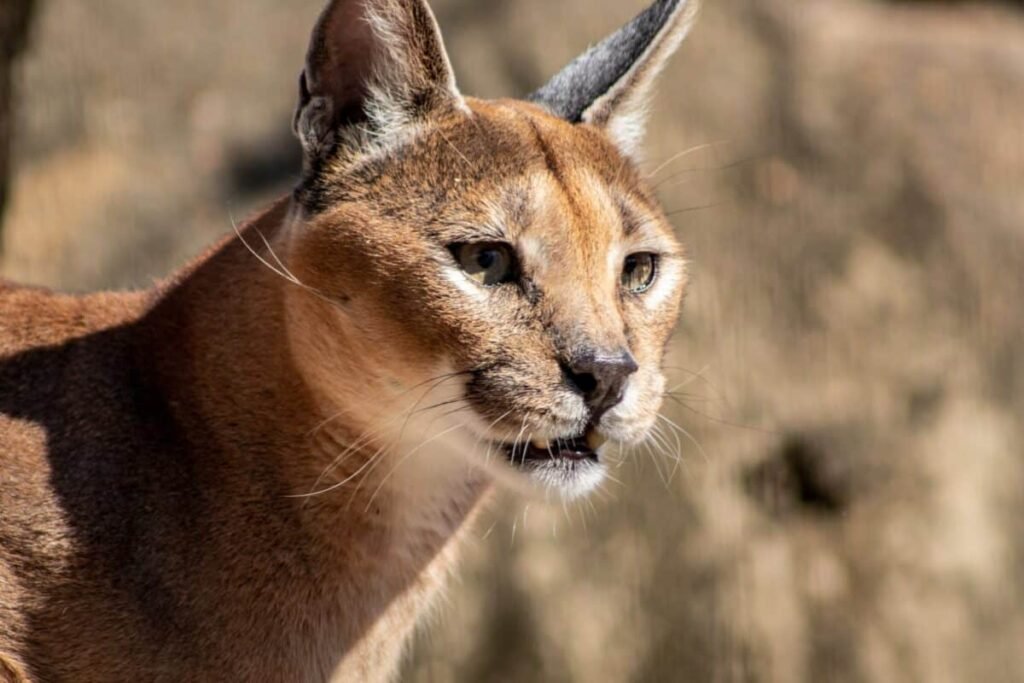
The caracal (Caracal caracal), known for its tufted ears and striking appearance, is another wild cat making inroads into urban territories across Africa and the Middle East. Its impressive hunting skills allow it to take advantage of food opportunities in urban areas. Caracals are sometimes spotted in suburban regions, showcasing adaptability to different environments and climates.
The Versatile Mountain Lion
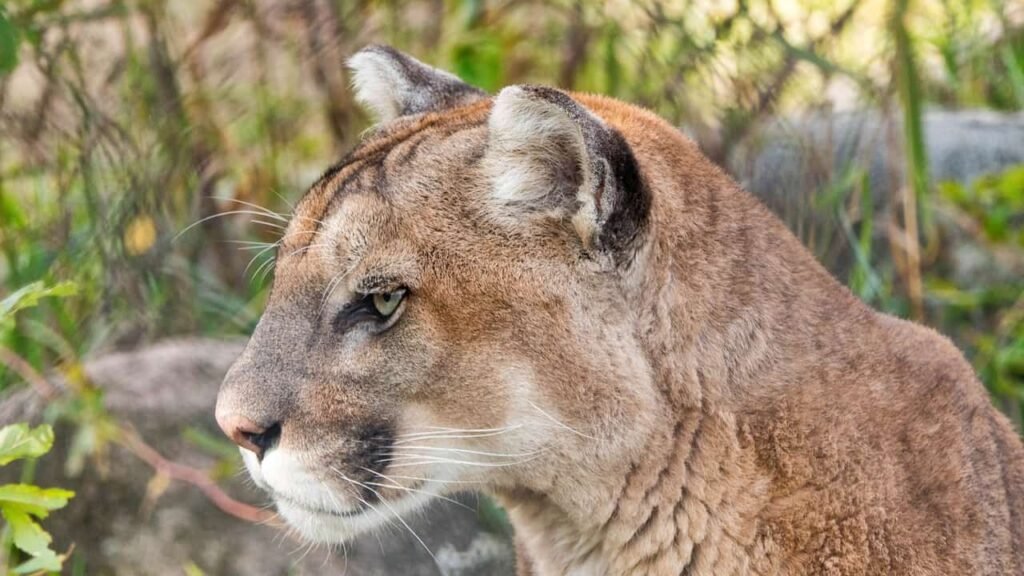
Also known as cougars or pumas, mountain lions (Puma concolor) are found from Canada to South America. Recently, they’ve been making appearances near urban centers in North America. These large, solitary cats utilize green belts and forested areas within and around cities, primarily hunting deer but also smaller animals abundant in urban fringes.
Challenges Faced by Urban Wild Cats
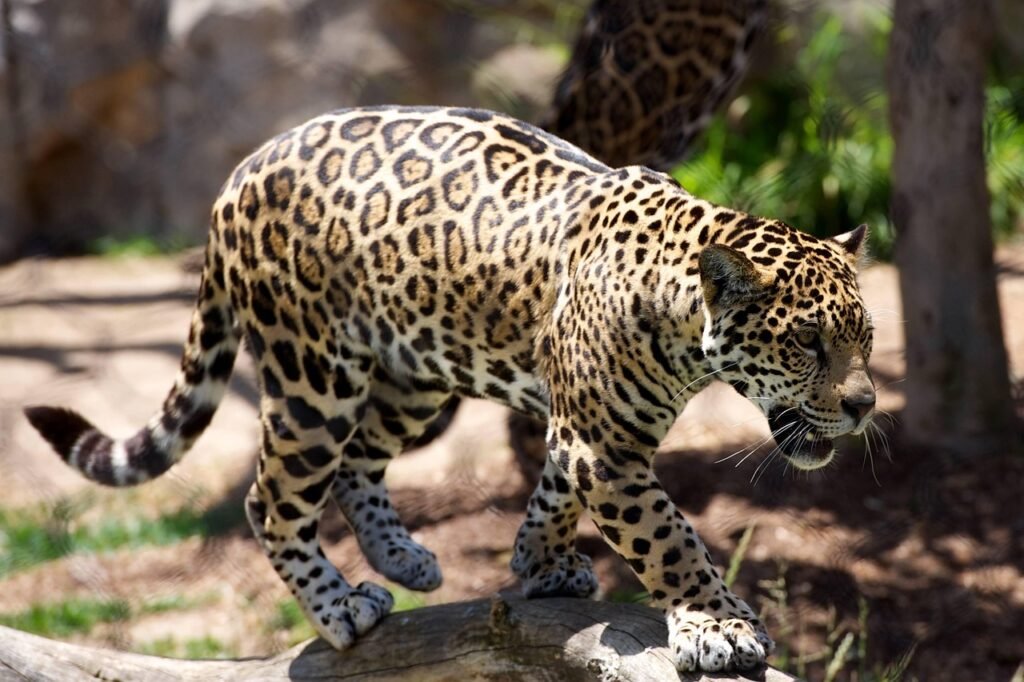
Despite their adaptability, urban-dwelling wild cats face numerous challenges. These include habitat fragmentation, vehicular traffic, pollution, and human-wildlife conflict. Understanding these challenges is crucial for developing strategies to coexist with these majestic animals in urban zones.
Conservation and Coexistence Strategies
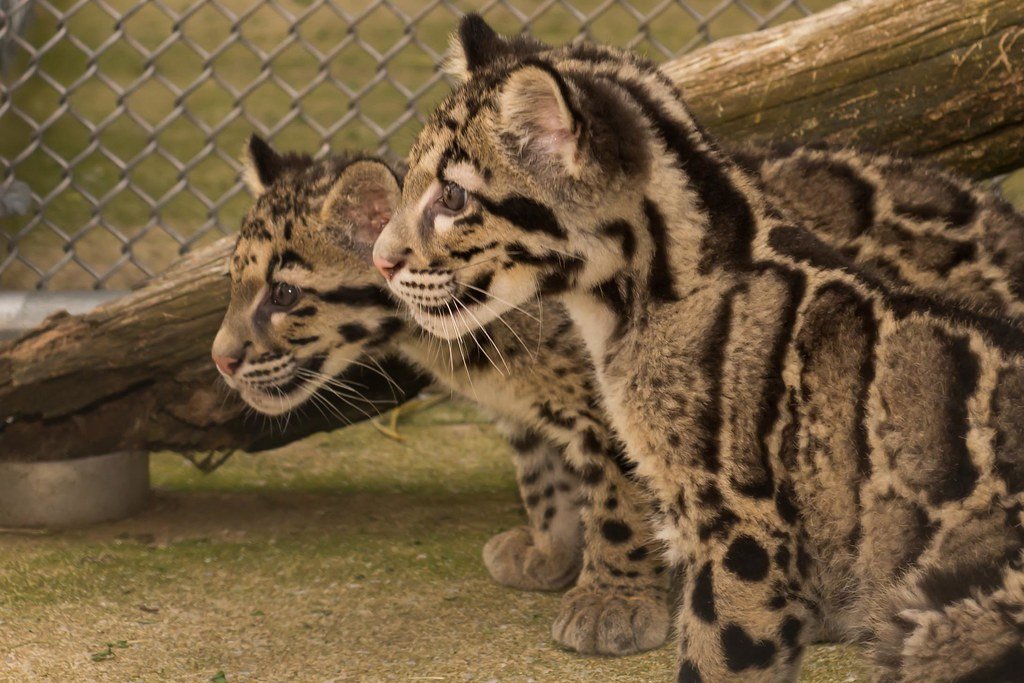
Efforts to support wild cats in urban areas often focus on creating animal corridors, improving urban planning, and raising public awareness about the importance of coexistence. Conservationists advocate for policies that allow wild cats to thrive alongside human populations, emphasizing the ecological benefits of maintaining these predators within urban ecosystems.
Conclusion: A New Chapter in Urban Biodiversity
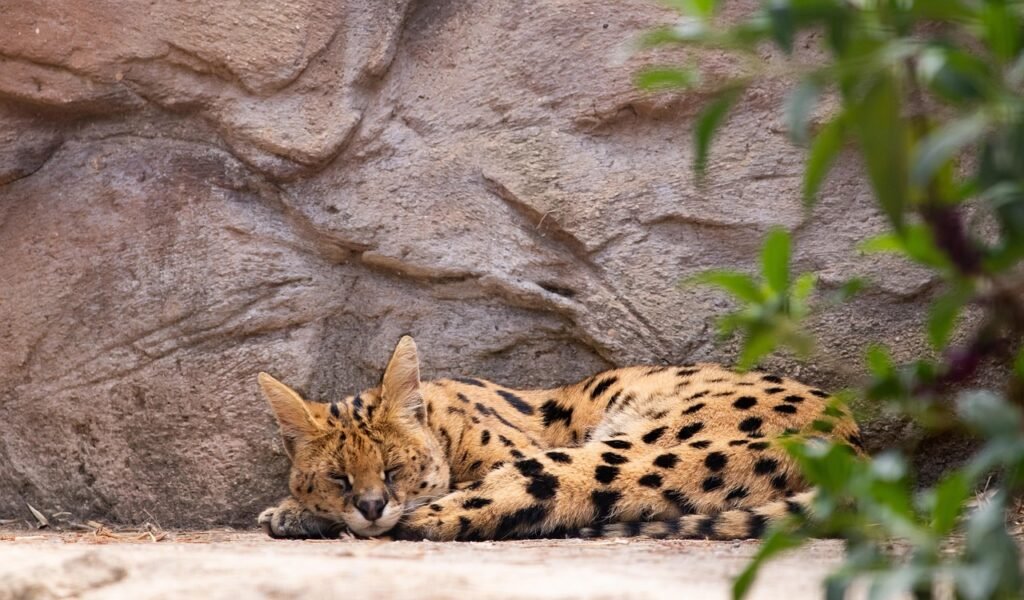
The presence of wild cats in urban environments is a testament to their adaptability and resilience. As human expansion continues to reshape landscapes, these animals serve as reminders of the intricate balance between development and nature. Fostering an understanding of and appreciation for wild cats in our cities can lead to harmonious coexistence and enrich urban biodiversity.

Growing up traveling and experiencing new cultures and wonders, I have had a passion for nature, adventuring, photography, and videography. I am currently working towards a BSc in Biodiversity and Ecology at Stellenbosch University, and I hope to specialise in Marine Sciences one day.
Please send any feedback to Feedback@animalsaroundtheglobe.com






